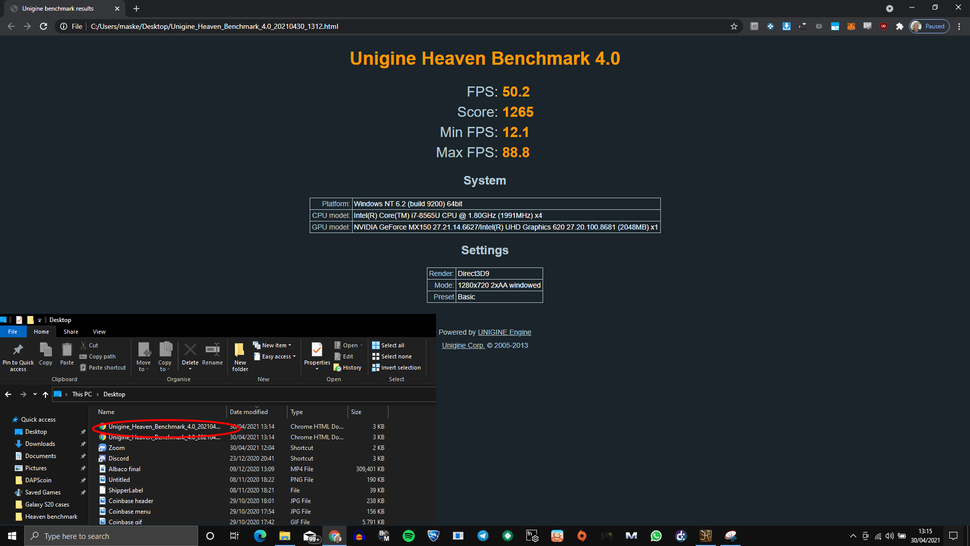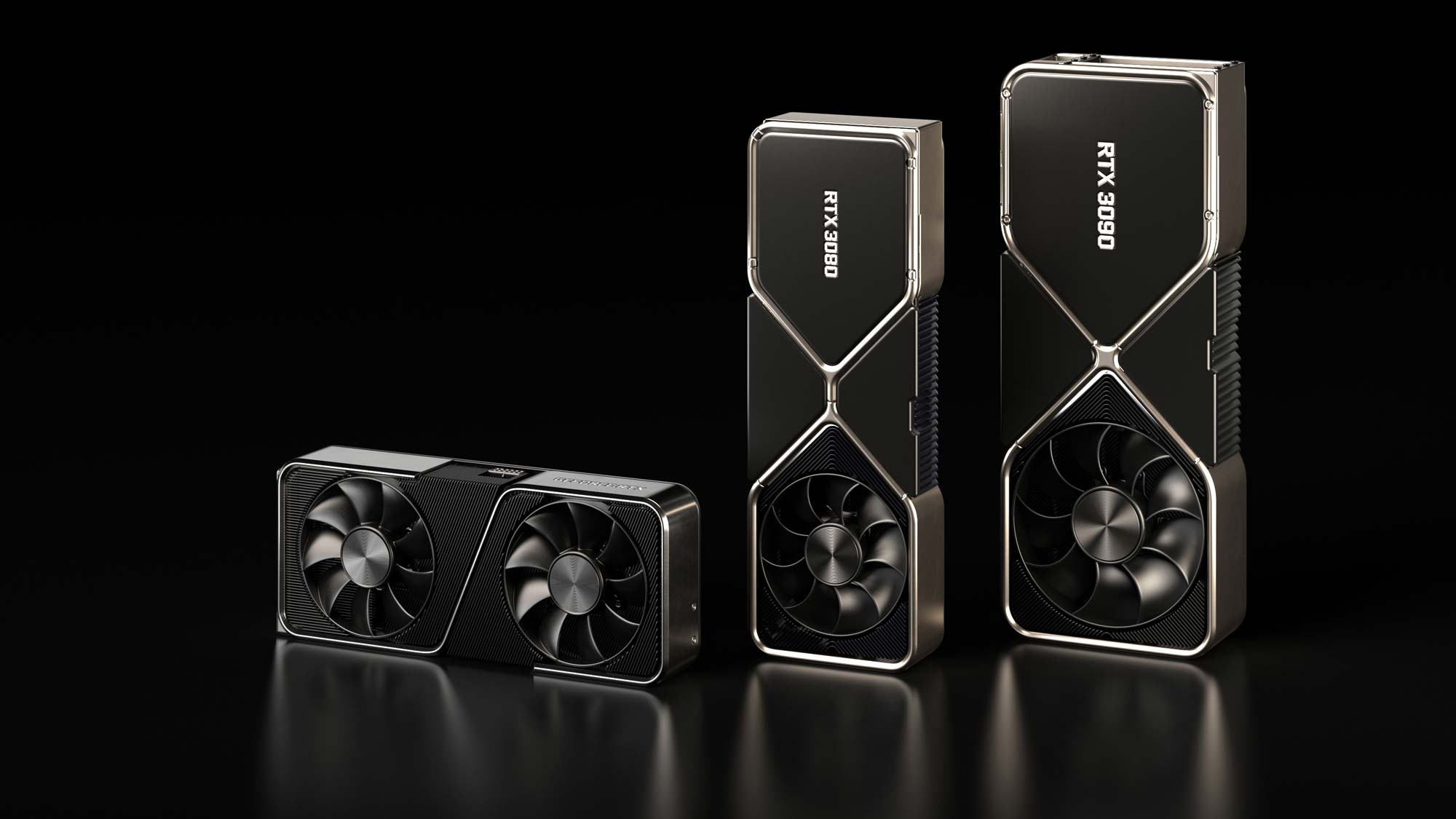

- GRAPHIC CARD BENCHMARK SOFTWARE
- GRAPHIC CARD BENCHMARK PROFESSIONAL
- GRAPHIC CARD BENCHMARK DOWNLOAD
- GRAPHIC CARD BENCHMARK FREE
Also, the memory present in most workstation graphics cards is ECC memory which helps in producing accurate results. You can find a maximum of 32 GB of memory in a workstation graphics card but the highest memory present in the topmost gaming graphics card is 12GB. They are also equipped with larger memory as compared to consumer graphics cards.
GRAPHIC CARD BENCHMARK PROFESSIONAL
These graphics cards may have the same internal GPU architecture but they are optimized for professional graphics applications and some of them may contain extra hardware components or features for processing additional complex graphics work. Workstation Graphics Cards look the same as the normal graphics cards from the outside but their working is very much different. or to compute a massive number of graphics calculations. They are used mainly in scientific applications, studios and work involving the use of heavy Graphics applications for 3D modeling, 3D rendering, etc. These graphics cards pack huge power and are optimized for CAD, CAE, and heavy-duty graphics applications. Professional or Workstation Graphics Cards are special types of graphics cards that are used in workstations and high-end servers.

There are generally two types of graphics cards, one is gaming graphics cards or consumer graphics cards and the other is professional graphics cards or workstation graphics cards. It is a general misconception among many people that graphics cards are only used for gaming and nothing else. Thank you for supporting the work I put into this site!)Īll Graphics Cards are not about gaming.


Each test simulates a different kind of gaming and tests out things like frame rates, physics simulations, rendering capabilities, and other GPU-focused tasks.(*This post may contain affiliate links, which means I may receive a small commission if you choose to purchase through the links I provide (at no extra cost to you). You’ll be taken through three major tests: Ice Storm, Cloud Gate, and Fire Strike.
GRAPHIC CARD BENCHMARK SOFTWARE
Hands down, 3DMark is our favorite benchmark software as it’s beautiful to watch. Once you’ve done that, launch 3Dmark and start the test. We suggest taking a moment to shut down all the apps that might generation such popups (such as killing the ituneshelper.exe in Task Manager). This means any kind of system tray popup notification or any “iTunes has a new version available!” type popup will force you to restart the test sequence. Any pop-up or focus-stealing intrusion during the process will turn off the benchmark.
GRAPHIC CARD BENCHMARK DOWNLOAD
To use it, visit the 3Dmark page, download the demo (although they encourage you to use Steam, Valve’s game/software distribution network, to download the demo, you can use the Mirror button to download it directly without a Steam account).Īfter downloading and installing 3Dmark, there’s really only one thing you need to do before running your tests.
GRAPHIC CARD BENCHMARK FREE
If you’re curious what the primary differences are between the free and the pay version, the pay version allows you to run the sequence of benchmarks in any order (or opt to run only one of the benchmarks) as well as the ability to loop tests for stress testing and run an additional extreme test.įor light use where you just want to see how much better your old system was compared to your new, the free version is more than powerful enough. Not only is it cross platform, but there is a free desktop version, and you can compare your results to other machines across the world also using 3DMark to perform benchmarks. In fact, the GPU benchmark tool that we used for the Kindle Fire review, 3DMark, is also a cross platform tool. And, in the case of simply wanting to benchmark your old GPU against your new GPU, there are really simple solutions. Is there an easy way for a computer literate but not super technical guy like myself to do the same thing easily? Thanks!Īlthough benchmarking can become extremely technical and time consuming, it certainly doesn’t have to be. I noticed you guys benchmarked the GPUs of the Kindle Fires you recently reviewed. My only real motivation is so that I can sit back and say “Hah! It was so worth paying all that money for a video card upgrade!” while looking at the new score. I’ve ordered a new video card for my desktop and, while I’m waiting, I’d like to perform some benchmarks. Is there a simple way to perform a comparison between GPU performances (say, before and after a major video card upgrade)? Read on as we explain how. A lot of benchmarks are rather arcane and filled with technical parameters and jargon.


 0 kommentar(er)
0 kommentar(er)
